More info at:
Burt TV, et al. 2024. Reduction of coastal lighting decreases seabird strandings. PLoS One
0 Comments
Rescue programs aiming to mitigate light-induced mortality of seabird fledglings have reported that fewer birds are grounded (and rescued) during full moon nights. Two non-mutually exclusive hypotheses have been proposed as explanations: (1) reduction of strandings because birds are less attracted to and disorientated by light pollution during full moon nights; and (2) reduction of fledging activity, that is, chicks avoid departing the colony during nights with increased moonlight. We argue that evidence from rescue programs and other studies supports the first but not the second hypothesis. The evidence supports the conclusion that a higher proportion of fledglings make it safely to sea during full moon nights than during moonless nights. Thus, there is a decrease in the severity of light pollution on seabirds around the full moon.
More info at: Rodríguez A, et al. 2023. Moonlight diminishes seabird attraction to artificial light. Conservation Science and Practice More info at:
Friswold B, et al. 2023. From colony to fallout: Artificial lights pose risk to seabird fledglings far from their natal colonies. Conservation Science and Practice Yelkouan shearwaters nest on Mediterranean islands, and like several other burrow nesting seabirds they approach their colonies only under the cover of darkness to avoid natural predators. A study recently published in Journal of Ornithology examined how light pollution from large ships refuelling at sea affected a colony of Yelkouan shearwaters nesting in a cave on Malta. The authors tagged adult shearwaters and used a Radio Frequency Identification (RFID) system to measure the number of birds passing in and out of the cave during the breeding seasons 2017 to 2020. The authors also measured ambient light at the cliff face where the shearwaters breed and tracked ship activity during that time. The research showed that the presence of ships increased the brightness of the colony, with an effect similar to a full moon. As expected, the number of birds entering the colony was lower when the night was brighter and in the presence of ships. The authors suggest that colony attendance patterns adapted to the moon cycle are disrupted by artificial light, with potential effects on breeding success and colony recruitment. Moreover, despite some adult shearwaters attending nests in the presence of light pollution, the physiological impacts are unknown. The study advocates against nocturnal ship activity in front of shearwater breeding colonies and encourage the global shipping industry to adopt guidelines to reduce its environmental impact. More info at:
Austad M, et al. 2023. The effects of temporally distinct light pollution from ships on nocturnal colony attendance in a threatened seabird. Journal of Ornithology When juveniles of burrow-nesting seabirds leave their nests to start their first migration they are often curtailed from reaching the sea, grounded across urban areas after encountering light pollution. We set out to test the hypothesis that exposure to light during growth, or lack thereof, could be a main driving factor leading to the higher vulnerability observed in seabird juveniles, and why fallout is a predominantly burrow-nesting species event. We recorded chicks behavioural responses towards two contrastingly artificial lights, red and blue, and exposed each chick five times, from 3 weeks old to near fledging. We then analysed the effect of the chicks’ age (i.e., younger chicks would have worse visual ability than older chicks, and show less behavioural responses), and amount of exposure to artificial light during growth (i.e., chicks exposed to light more times would have their visual systems more trained, consequently display more behavioural responses). Our results showed that repetitive exposure to the artificial light stimuli increased the number of responses, but chick’s age did not have any effect on the responses. As burrow-nesters chicks will mostly grow in dark environments, which lack sufficient light stimuli to train their visual systems, our findings provide evidence of the untrained vision at fledging, and its contribution to the vulnerability towards light pollution. The effects that persistent light pollution close to these birds breeding colonies may have on their vulnerability should now be investigated.
More info at:
Atchoi E, et al. 2023. Ontogenetic exposure to light influences seabird vulnerability to light pollution. Journal of Exprimental Biology 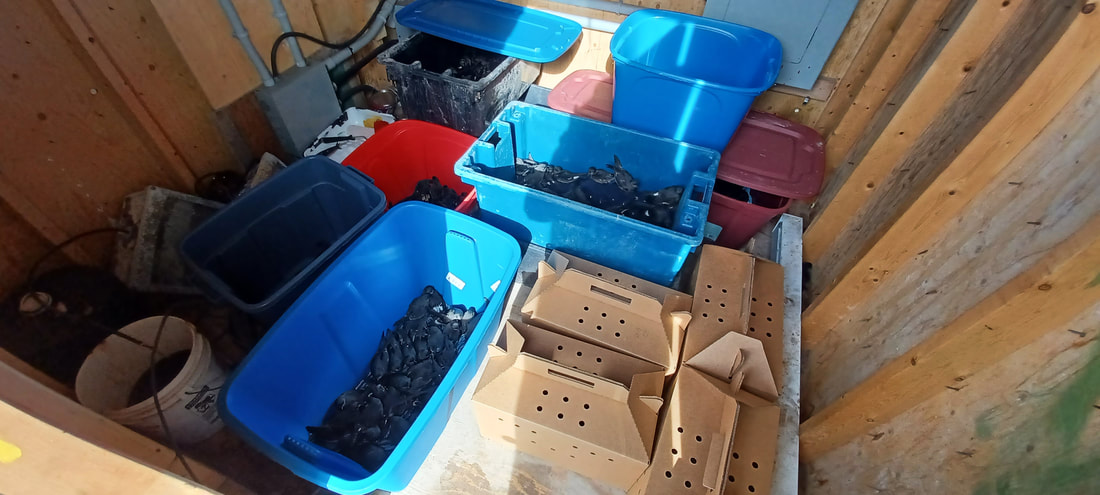 Multiple totes and cardboard boxes full of rescued stranded Leach's storm-petrels sit in a dark shed for the day while the birds await release in the evening. Photo: Taylor Brown. Multiple totes and cardboard boxes full of rescued stranded Leach's storm-petrels sit in a dark shed for the day while the birds await release in the evening. Photo: Taylor Brown. During their first flights from the nest, nocturnal procellariiform fledglings are susceptible to becoming stranded in human settlements near their breeding colonies, and evidence suggests that these strandings result from attraction toward artificial lights at night (ALAN). We suggest it is also possible that fledgling strandings are a by-product of natural dispersal (null hypothesis), and additionally propose three alternative hypotheses in our paper: i) Attraction to anthropogenic noise, considering that other studies have observed strandings sometimes occurring in dark locations near noisy machinery; ii) Attraction to anthropogenic olfactory stimuli (e.g., sulfur-based compounds; fish offal) that are known to attract procellariiforms in both experimental and field conditions, and often co-occur with ALAN (e.g., sewage and sewage treatment plants; fish processing plants); and iii) Disruption of magnetoreception (a navigational mechanism) by certain wavelengths of light, given that magnetoreception disruption by ALAN has been previously observed in passerines and there is some evidence to suggest that fledgling procellariiforms may rely on magnetoreception for navigation more so than adults. Populations of many nocturnal procellariiform species are currently threatened, so there is a need to further investigate and mitigate stranding-induced mortality. The goal of our review was not to refute the light attraction hypothesis but to inspire the expansion, acceleration and diversification of research efforts on the causes of seabird strandings. More info at: Brown TM, Wilhelm SI, Mastromonaco GF, Burness G (2023) A path forward in the investigation of seabird strandings attributed to light attraction. Conservation Science and Practice New Zealand is a global seabird hotspot having a quarter of the world’s seabirds species. Approximately one third of these seabirds breed only in New Zealand. Sadly, over the years, light pollution and intensity is a growing conservation concern for seabirds both in New Zealand and internationally. Many of these seabirds can become disoriented and grounded by the lights from buildings, bridges and boats. Many fledgling seabirds, especially Procellariiformes such as petrels and shearwaters, are susceptible to light pollution. The Hauraki Gulf, a seabird hotspot located near Auckland, is New Zealand’s largest urban city, with a considerable amount of light pollution and regularly documented events of seabird groundings. We identified the characteristics of locations especially prone to seabird groundings across Auckland. We used an online database of seabirds taken to BirdCare Aotearoa, an avian rehabilitation facility, by the public to map three years of seabird groundings and test for correlations between seabird groundings and the natural night sky brightness. In general, seabird groundings correlate with the brightness of the area and are species-specific. The areas with greater light pollution often had a higher number of seabird groundings. We also found important seasonal patterns and species differences in groundings which may be a by-product of species ecology, visual ecology and breeding locations. These findings can be applied worldwide to mitigate groundings by searching and targeting specific brightly lit anthropogenic structures. Those targeted structures and areas can then be the focus of light mitigation efforts to reduce seabird groundings. Finally, this study illustrates how a combination of community science, and a concern for seabirds grounded from light attraction, in addition to detailed animal welfare data and natural night sky brightness data can be a powerful, collaborative tool to aid global conservation efforts for highly-at-risk animals such as seabirds. More info at:
Heswall et al. 2022. Artificial light at night correlates with seabird groundings: mapping city lights near a seabird breeding hotspot. PeerJ Light-induced mortality of seabirds is a poorly understood phenomenon, largely because of the challenge to track seabirds at night from their nests to the grounding light-polluted locations. New tracking technologies can inform about this phenomenon. Here, we used GPS transmitters with remote download to track the flights of Cory’s shearwater Calonectris borealis fledglings from an inland experimental releasing site to the ocean. We released birds assigned to three experimental groups: GPS tagged, tape-labelled, and control birds. We assessed how both intrinsic (such as body mass, body condition, body size, and down abundance) and extrinsic (i.e., flight descriptors, such as distance, straightness, and flight duration, wind speed, or moon luminance) factors influenced light-induced groundings by using two datasets: one including the three groups and another including just the GPS tagged birds (as GPS devices provide unique information). GPSs with remote data download provided information on birds reaching the ocean, this being a substantial improvement to previous studies requiring recapture of the individuals to retrieve the data. GPS tracks of birds reaching the ocean allowed us to know that some birds overflew coastal urban areas so light-polluted as the landing sites of grounded birds. We provide novel scientific-based information to manage seabird mortality induced by artificial lights.
More info at: Rodríguez A, et al. 2022. Tracking flights to investigate seabird mortality induced by artificial lights. Frontiers in Ecology and Evolution
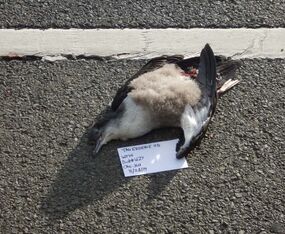 Wedge-tailed shearwater fledgling killed on a road. Photo: Jennifer Urmston. Wedge-tailed shearwater fledgling killed on a road. Photo: Jennifer Urmston. On O’ahu, Hawai‘i, fledgling wedge-tailed shearwaters leaving their nests for the first time are often disoriented by lights and may become grounded due to exhaustion or collision, exposing them to additional threats from road traffic and predation. Highway streetlights on O’ahu were changed from unshielded high-pressure sodium (HPS) to full-cutoff light-emitting diode (LED) streetlights in 2016. We conducted road surveys to locate road-killed shearwaters from 2012-2019 and compared mortality before and after the change in lighting. We also accounted for three potential environmental drivers of interannual variability in fallout: moon illumination, wind speed, and wind direction. While the effects of these environmental drivers varied across years, the interaction between moon illumination and wind speed was the most important predictor, suggesting that mortality related to fallout increases during nights with low moon illumination and strong winds. We did not find the change in streetlights to significantly affect the number of road-killed shearwaters observed in our surveys. However, due to potential species-specific disparities in the behavior and light attraction of petrels, similar studies are needed before energy saving LED lights are implemented throughout the Hawaiian archipelago. More info at: Urmston et al. 2022. Quantifying wedge-tailed shearwater (Ardenna pacifica) fallout after changes in highway lighting on Southeast Oʻahu, Hawaiʻi. Plos One 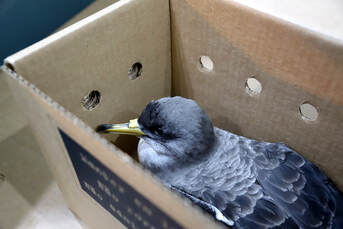 Cory’s shearwater fledgling rescued during the SOS campaign. Photo: Miriam Cuesta. Cory’s shearwater fledgling rescued during the SOS campaign. Photo: Miriam Cuesta. The SOS Cagarro campaign aims to engage people and organizations in the rescue of Cory’s Shearwater fledglings disoriented by artificial lights in Azores. Using the data collected on Faial Island during the rescue campaigns from fifteen years (2005–2019), a new study examines the variations in body mass and body condition with respect to rescue date (a proxy of fledging date) and surface oceanic conditions using satellite imagery data. The results showed that late fledglings were in poorer body condition than early ones. Inter-annual variations in fledging body condition were observed but they were not related to surface oceanic conditions fluctuations. However, annual mean fledgling body condition was positively correlated with sea surface temperatures measured in the autumn of the previous year in a northern feeding area used by adults throughout the breeding season. This research can be useful to improve the management and success of the SOS Cagarro campaign, but also that of other rescue campaigns of seabird fledglings. Because body mass is especially important to their survival at sea as higher energy reserves give them more time to learn to feed efficiently, new actions or protocols can be developed in the rescue program. For example, when resources are limited, i.e., few volunteers and massive fallout, the rescue effort might focus on the birds with the greatest chance of survival, i.e., the fattest birds with more energy reserves. More info at: Cuesta-García et al. 2022. Targeting efforts in rescue programmes mitigating light-induced seabird mortality: First the fat, then the skinny. Journal for Nature Conservation |
AuthorIn that section, the most relevant news about the project and other news related to seabird conservation will be highlighted Archives
June 2024
Categories |

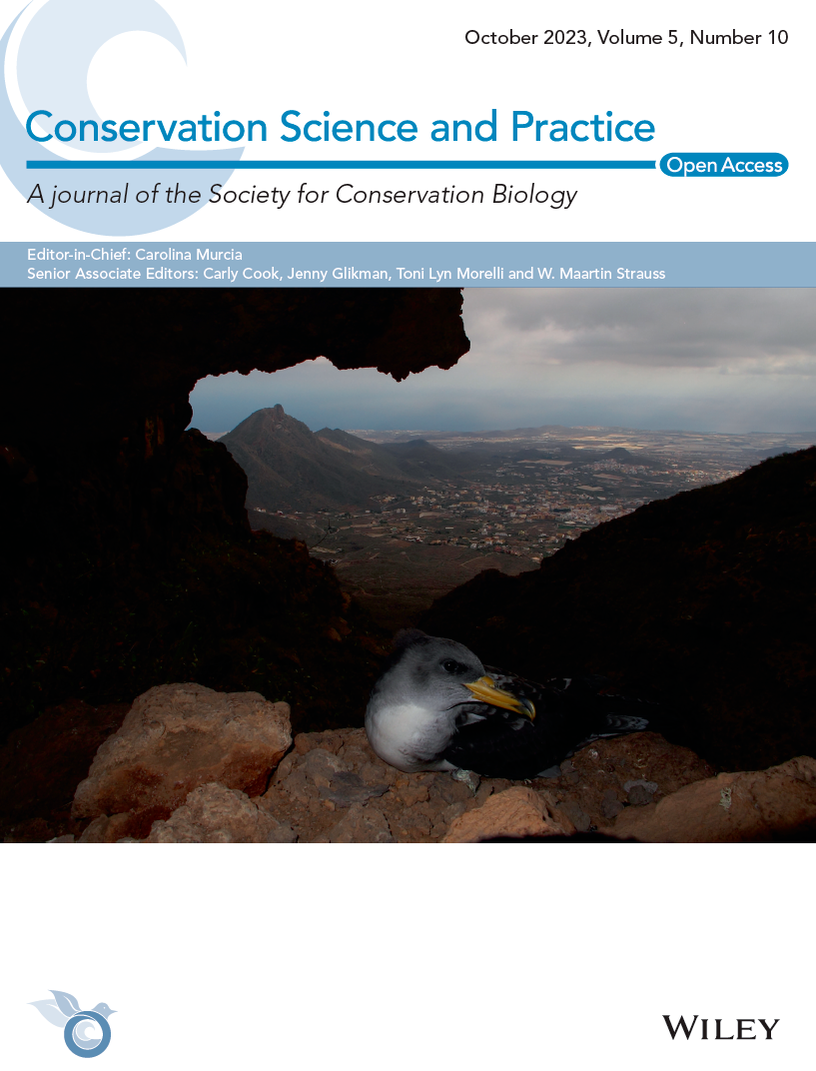
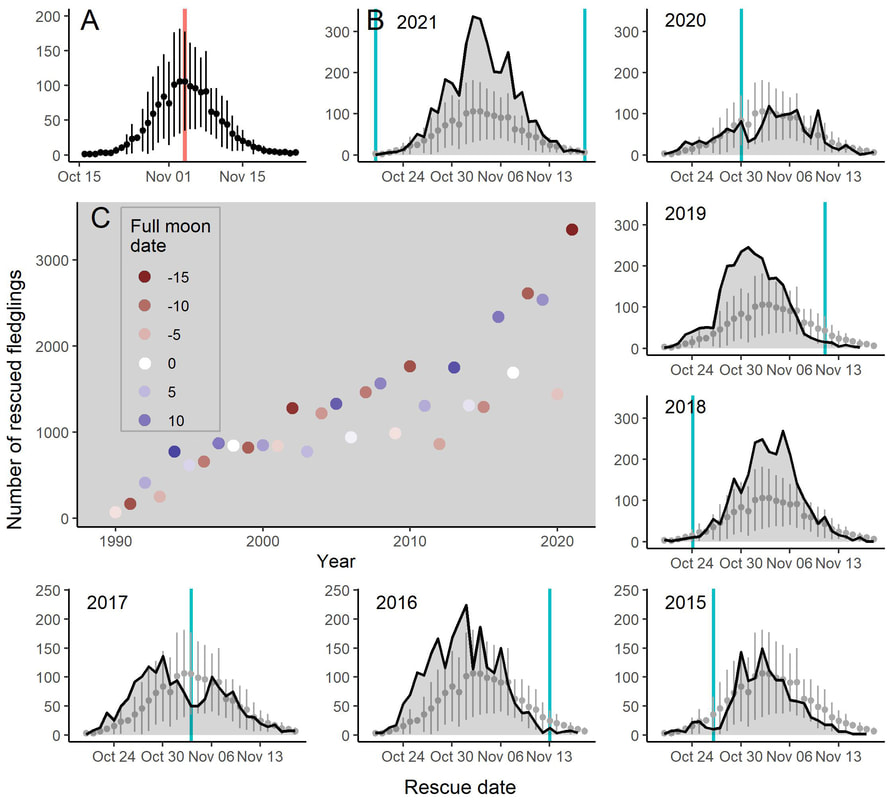
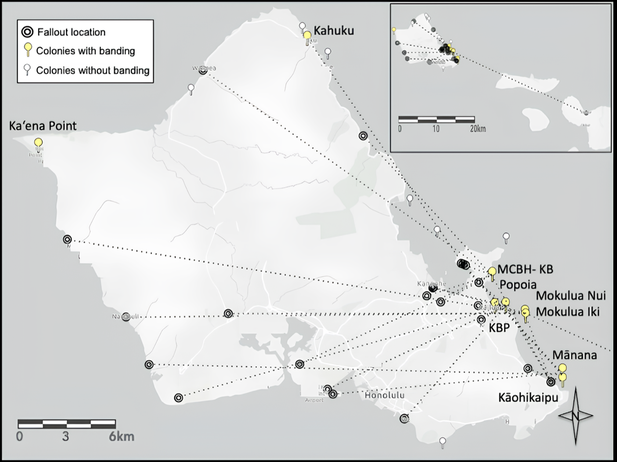
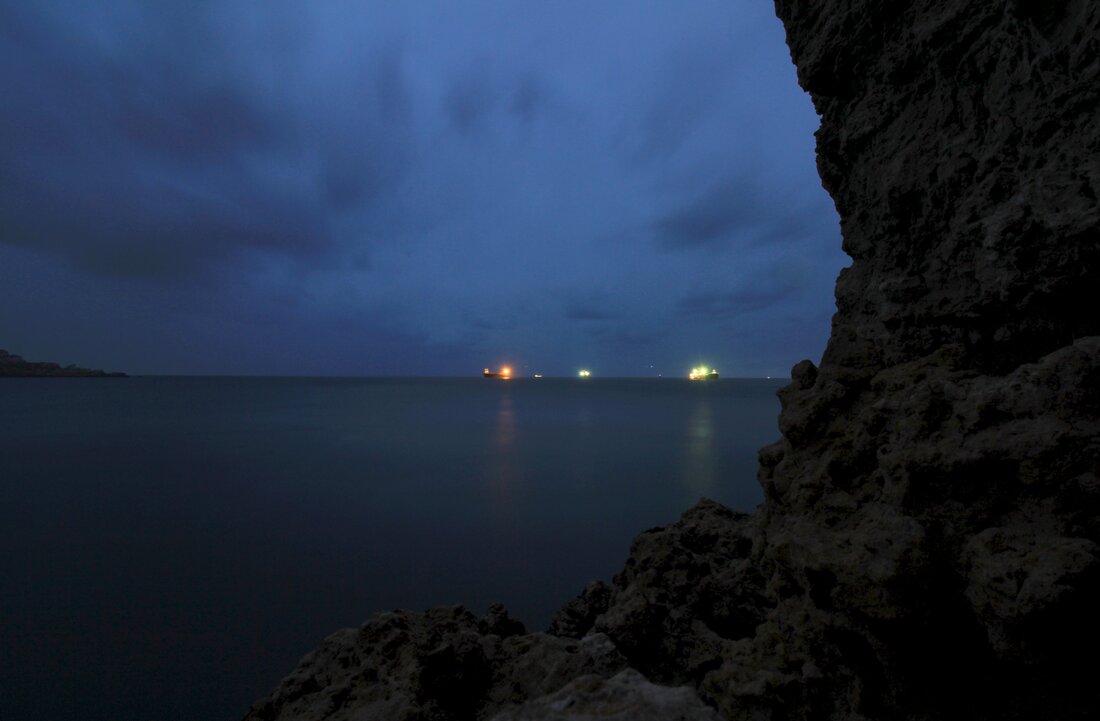
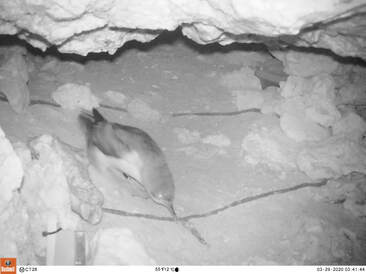
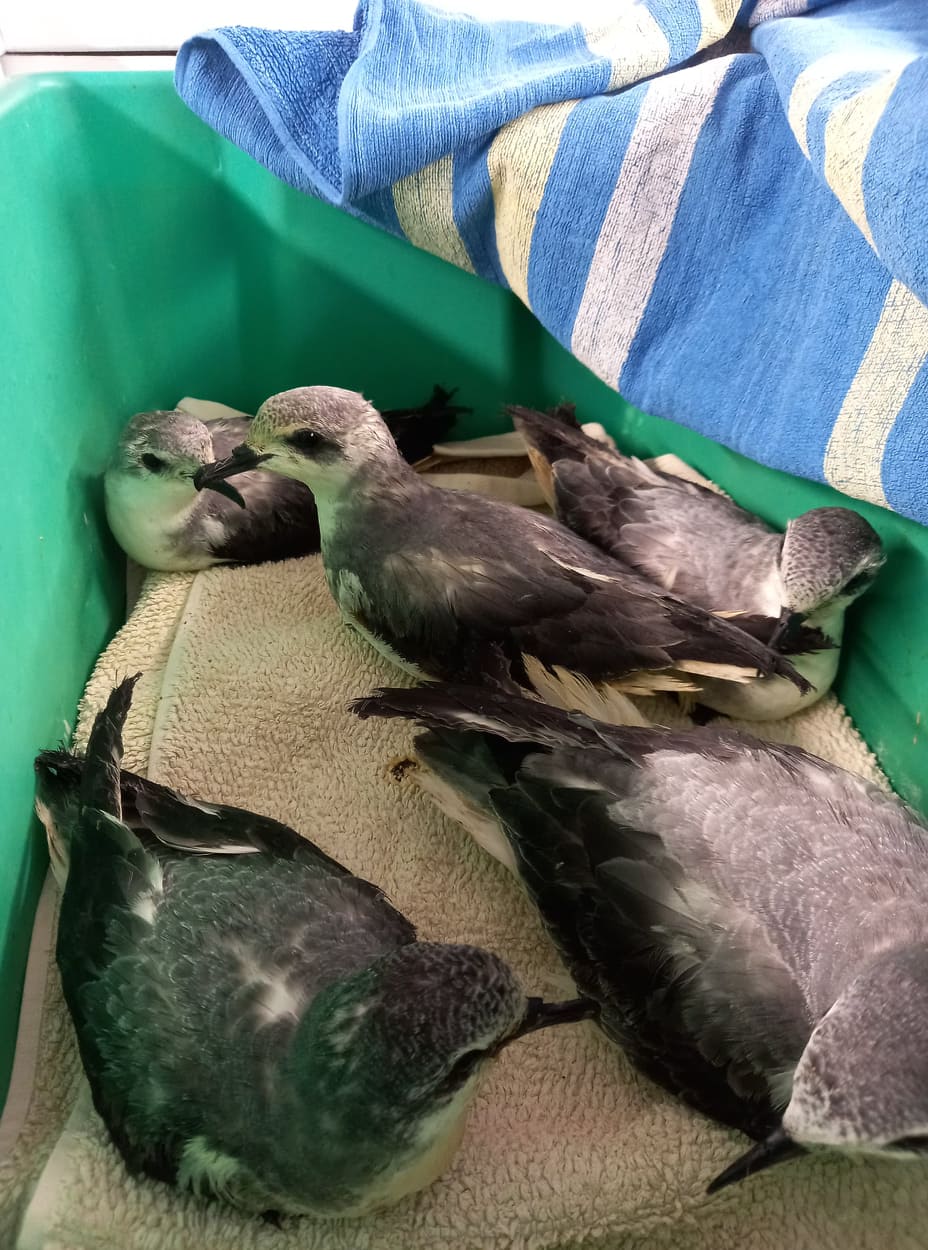
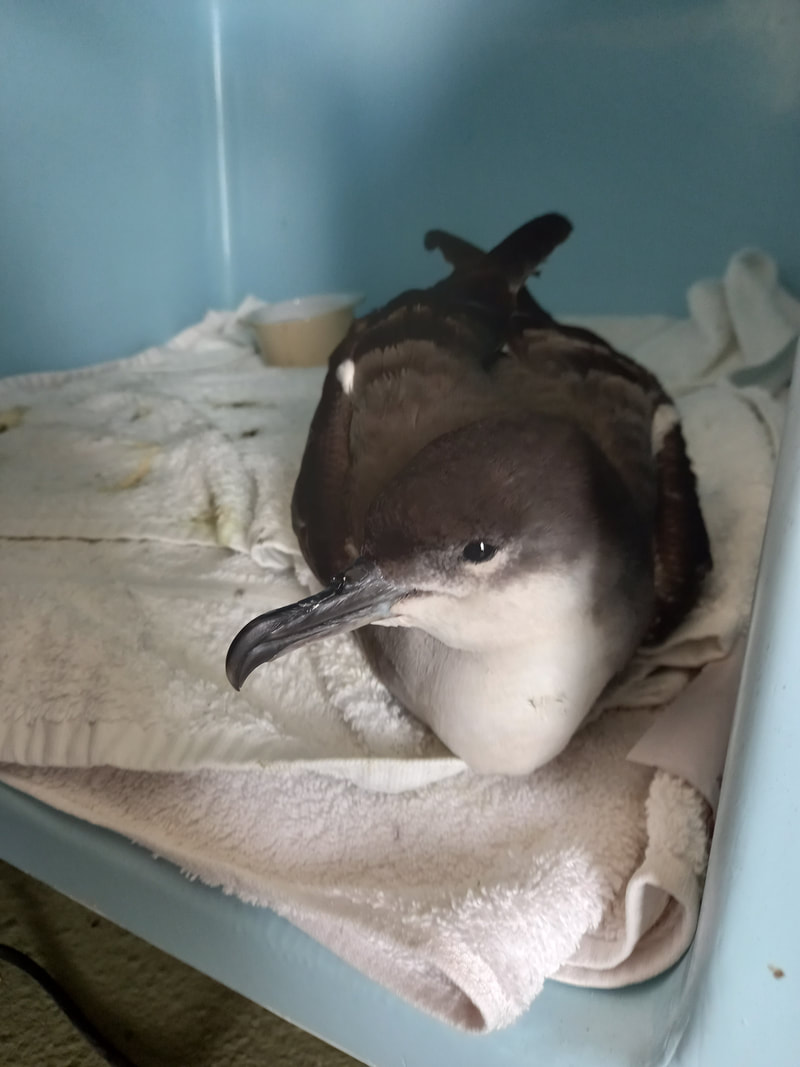
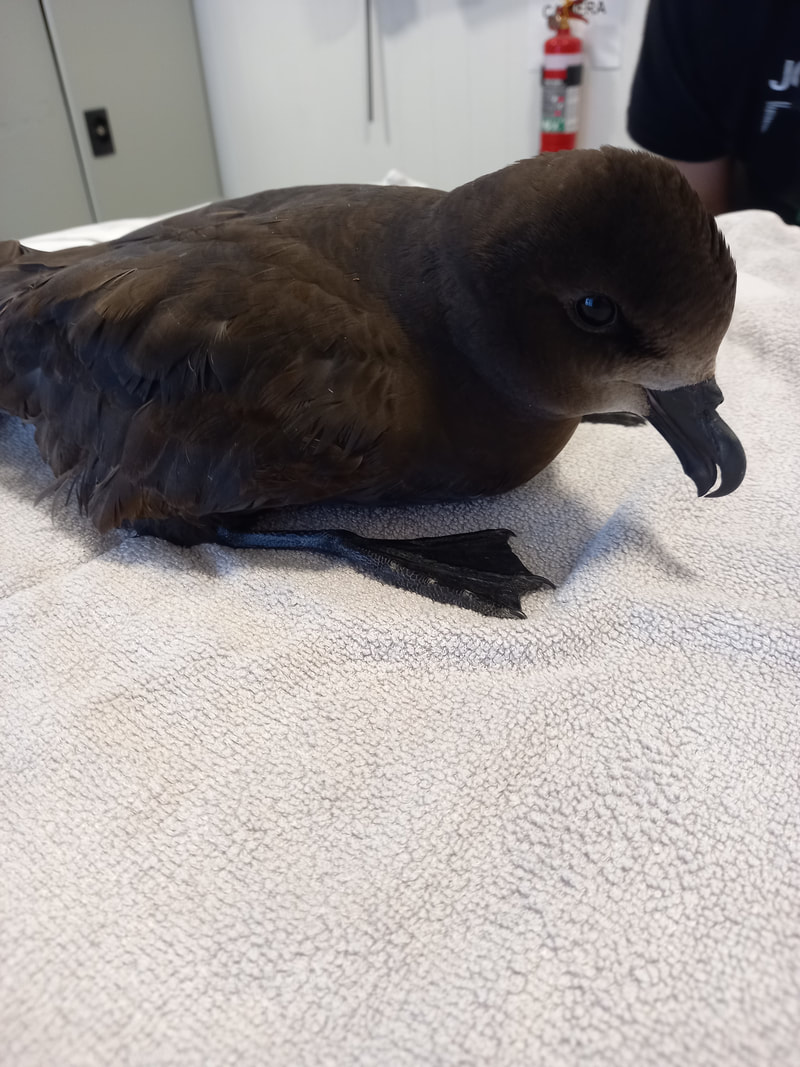
 RSS Feed
RSS Feed
